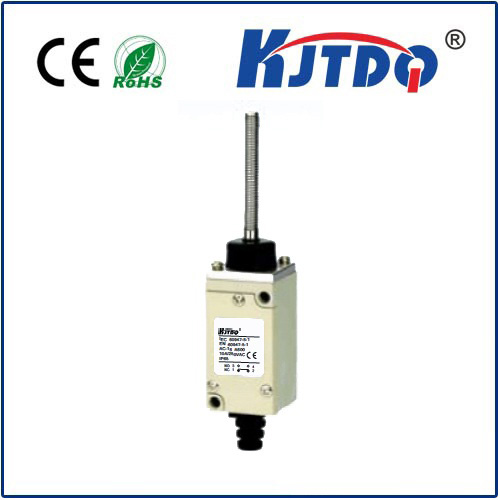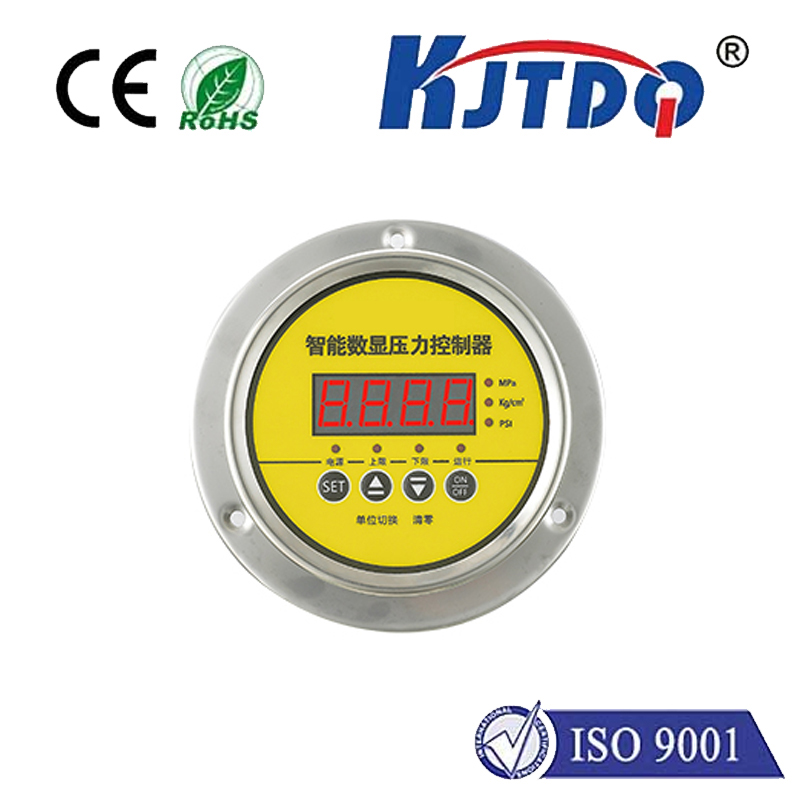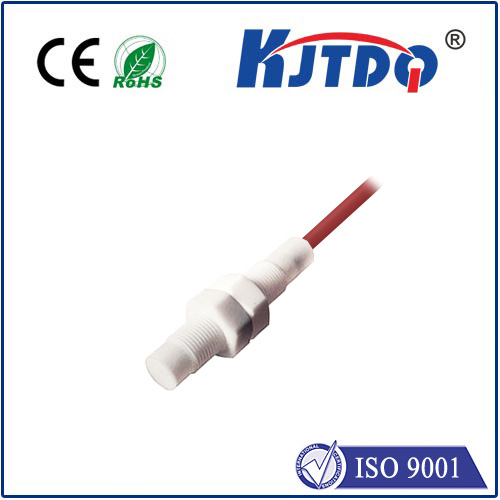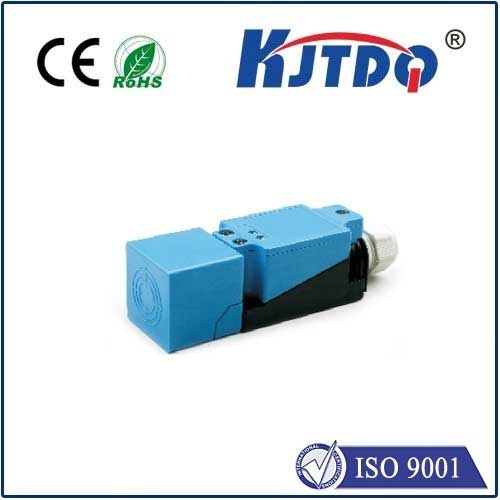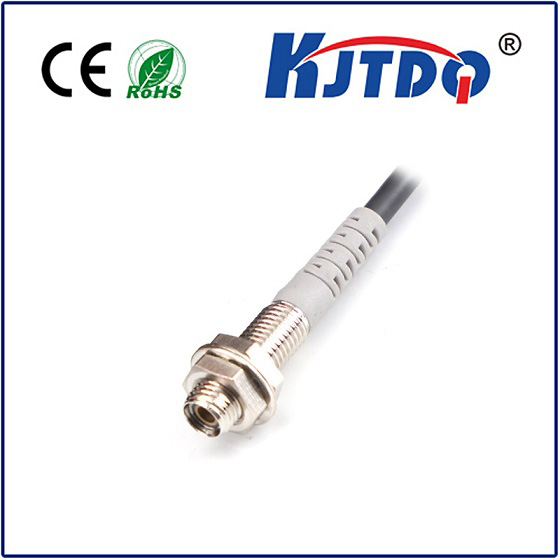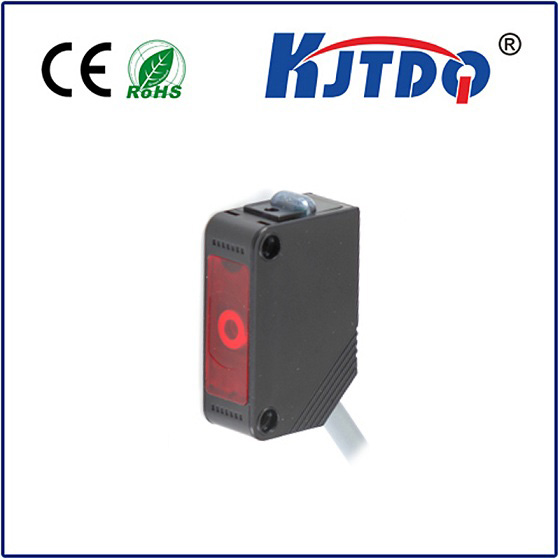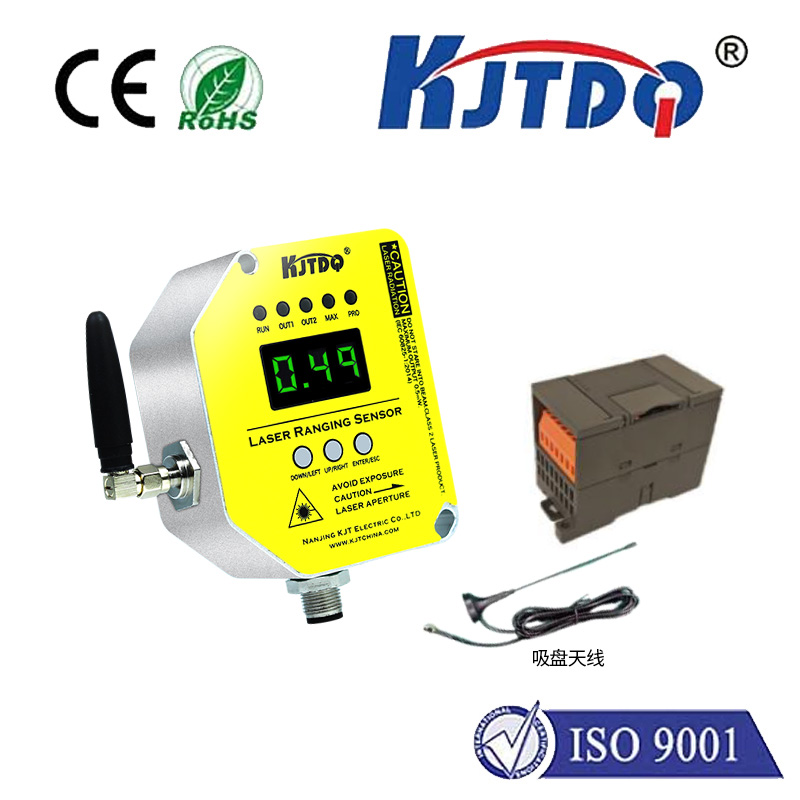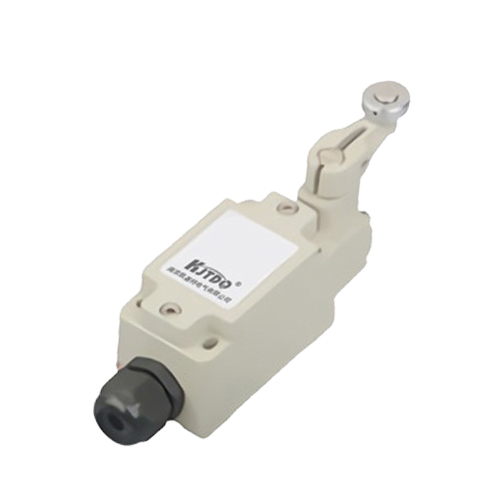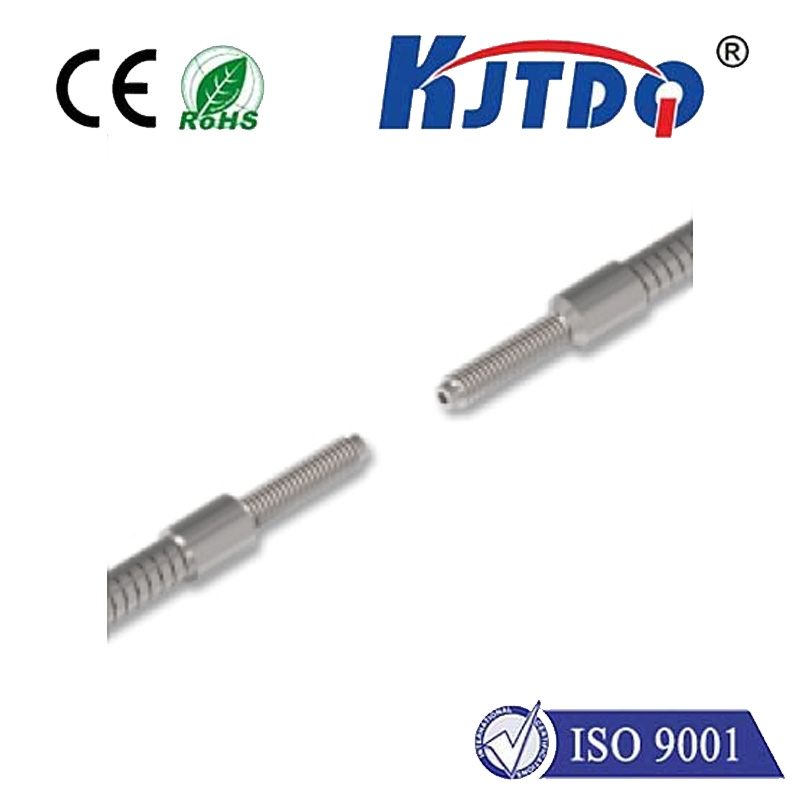mechanical proximity sensor
- time:2025-07-15 08:04:57
- Click:0
The Unsung Hero of Industrial Sensing: Mechanical Proximity Sensors
In a world increasingly dominated by sophisticated electronics, lasers, and capacitive fields, a humble, robust workhorse continues to play a vital, often irreplaceable role in factories and machinery worldwide: the mechanical proximity sensor. While the term “proximity sensor” often conjures images of non-contact electronic devices, mechanical proximity sensors rely on physical contact and tangible movement to detect the presence or absence of an object. They represent a fundamental, reliable, and incredibly resilient approach to sensing that shines in environments where more delicate electronic eyes might falter.
Understanding the Core Principle: Tactile Detection
Unlike their non-contact cousins (inductive, capacitive, or photoelectric sensors), a mechanical proximity sensor operates on a beautifully simple premise. It requires direct physical interaction with the target object. When the target object makes contact with a specifically designed actuator – such as a lever arm, plunger (push rod), roller plunger, whisker, or wobble stick – this mechanical force causes an internal physical change. This change typically involves the movement of internal components (like springs, levers, or cams), which ultimately triggers a switching mechanism. This switch is the heart of the sensor, changing state (e.g., from open to closed or vice-versa) to signal the detected presence (or absence) of the object.
The Engine Inside: How They Work
The magic happens inside the durable housing:
- Actuator Contact: The target object physically touches the sensor’s actuator (e.g., a machine part pushes a roller plunger).
- Mechanical Force Transmission: The force from the actuator is transferred through internal linkages. This might compress a spring, pivot a lever, or rotate a cam.
- Switch Activation: This internal mechanical movement directly actuates an electrical switch. This switch is usually:
- A mechanical switch: Like a robust microswitch or snap-action switch.
- A reed switch: Magnetically actuated contacts sealed in glass, triggered by a magnet moved by the actuator mechanism.
- Electrical Signal Output: The change in the switch’s state (e.g., Normally Open contacts close, Normally Closed contacts open) sends a discrete electrical signal (ON/OFF) to the connected control system, such as a Programmable Logic Controller (PLC) or relay. This signal confirms the object’s position – positive position confirmation is a key benefit.
Why Choose Mechanical? Key Advantages
In an era of advanced electronics, why do mechanical proximity sensors remain essential? Their strengths lie in specific, demanding applications:
- Robustness and Durability: Engineered for harsh environments. They can withstand severe shock, vibration, extreme temperatures, contamination by dust, oil, grease, cutting fluids, and even explosive atmospheres (when appropriately rated) where electronic sensors might fail or become unreliable.
- Immunity to Environmental Factors: Being purely mechanical (or using sealed switches like reeds), they are largely unaffected by:
- Electromagnetic Interference (EMI)
- Radio Frequency Interference (RFI)
- Ambient light conditions (unlike photoelectrics)
- Non-metallic or oddly shaped targets that confuse capacitive sensors
- Conductivity variations that affect inductive sensors
- Simplicity and Reliability: Fewer complex electronic components mean fewer potential points of failure. Their principle is straightforward, leading to predictable and long-term reliable operation with minimal maintenance needs.
- Positive Position Confirmation: They require actual physical contact. This provides absolute certainty that the object has reached the specific sensor point, crucial for safety interlocks and critical positioning tasks. There’s no “sensing field” that could be inadvertently triggered by something nearby but not touching.
- Cost-Effectiveness: For applications where physical contact is acceptable or even desirable, mechanical proximity sensors often offer a more economical solution than complex non-contact alternatives.
Where They Shine: Prime Applications
The unique advantages of mechanical proximity sensors make them indispensable in numerous industrial settings:
- Heavy Machinery: Limit switches on cranes, excavators, presses, and bulldozers to detect boom position, bucket angle, or end-of-travel limits, enduring significant shock and vibration.
- Automotive Manufacturing: Checking door, hood, or trunk closure on assembly lines before a process step begins; detecting fixture clamping positions in welding robots despite weld spatter.
- Material Handling: Detecting pallet presence on conveyors, verifying bin positioning before filling, end-of-track detection on monorails.
- Harsh Process Environments: Pulp & paper mills, foundries, chemical plants, food processing (where washdowns occur), mining operations – anywhere exposed to high temperatures, corrosive chemicals, or extensive debris.
- Safety Interlocks: Ensuring machine guards are securely closed before operation can start; confirming access doors are shut.
- Position Verification: Precisely confirming the end position of cylinders, slides, or actuators in automated machinery.
Acknowledging the Limits: Considerations
Like any technology, mechanical proximity sensors have limitations to consider:
- Wear and Tear: Moving parts experience friction. Actuators, switches, and internal mechanisms will wear over time, especially with frequent operation, potentially impacting lifespan. Material choice (e.g., hardened stainless steel actuators) mitigates this.
- Physical Contact Requirement: Contact means potential for target or sensor damage if misapplied or overloaded. Not suitable for delicate objects or where physical marking is unacceptable.
- Lower Operating Speed: The physical movement inherently limits the maximum detection speed compared to ultra-fast electronic sensors.
- Repeated Impact Forces: While robust, constant heavy impact can accelerate wear or damage. Shock ratings must be respected.
- Limited Sensing Range: Detection is confined to the physical reach of the actuator mechanism.
Choosing the Right Tool: Key Selection Factors
Selecting the optimal mechanical proximity sensor involves evaluating the application demands:
- Actuator Type: Lever (longer reach, different angles), Plunger (linear actuation), Roller Plunger (for moving targets), Wobble Stick (omnidirectional contact), Whisker (light touch). Consider target approach direction.
- Electrical Rating: Voltage (AC/DC), current capacity of the switching element to handle the connected load (e.g., PLC input, relay coil, solenoid).
- Switch Type: Mechanical microswitch (robust, audible click) vs. Reed Switch (faster, sealed, magnetically actuated). Reed switches are often preferred for longevity in high-cycle applications.
- Environmental Rating: Critical IP (Ingress Protection) rating for dust/water resistance, NEMA rating, temperature range, chemical resistance, explosion-proof certifications (e.g., ATEX, IECEx) if needed.
- Mounting: Style (body type) and method needed for secure integration into the machine.
- Operational Life Expectancy (Number of Cycles): High-cycle applications demand actuators and switches rated for millions of operations.
Conclusion: Enduring Relevance in a Digital Age
Far from being obsolete, mechanical proximity sensors carve out a vital niche where ruggedness, reliability, immunity to interference, and absolute confirmation of physical contact are paramount. Their simplicity, resilience, and cost-effectiveness make them the go-to solution for countless demanding industrial applications. They are a testament to the enduring power of well-executed mechanical engineering, thriving amidst the digital revolution by solving specific problems that electronic sensors cannot tackle as effectively. When the environment is tough and certainty is non-negotiable, the mechanical proximity sensor remains an indispensable, unsung hero on the factory floor.











